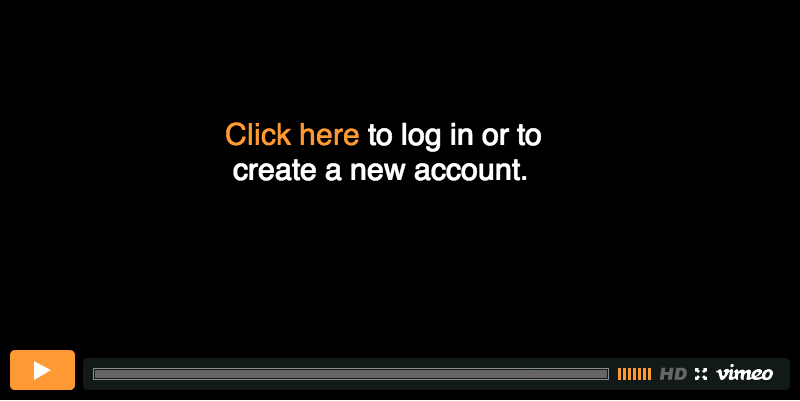


CPA - medium firm
CPA - large firm
Other
Masks, sanitizer, physical distancing, staggering shifts, and other safeguards are good. But, are they good enough? The last thing any business needs is a COVID-19 outbreak (or death) in any of their locations. That's just bad business all the way around. That's where our objective, data-driven approach can be a critical input for any Pandemic blueprint. Our approach incorporates Johns Hopkins case/death data, as well as human capital risk factors including, but not limited to: underlying health conditions, the work environment, housing, commuting, and family composition.
Using our approach employers can better understand workforce risk levels for each major worksite location. Equally important employers can make data-driven decisions in a smart and "safe" manner since the information is de-identified. The C-suite, General Counsel, and investors/shareholders will love this!
Learning Objectives:
- Learn how to make data-driven reopening/operating decisions to mitigate risks and lawsuits.
- Learn how to source and leverage publicly available COVID-19 Case/Death data.
- Learn how to source and leverage health risk and chronic condition data.
- Learn how to source and leverage prescription drug and medical claims data (for self-funded employers).
- Learn how to make great discoveries using heat maps.

Howard Gerver
HR Best Practices
President
[email protected]
(201) 891-8010
In 2001 Mr. Gerver started HR Best Practices, a data-driven healthcare cost containment, compliance, and auditing company. Since its inception HR Best Practices has saved employers hundreds of millions of dollars by reviewing and analyzing medical, pharmacy, and workers’ compensation claims.
As an agile entrepreneur, Mr. Gerver and the HR Best Practices team created its proprietary Covid-19 Workforce Risk Scoring methodology. At the core of this unique and valuable risk mitigation approach is the use of Census, Job, and Claims data which is utilized to calculate location-specific risk scores. The main deliverable is an objective blueprint for reopening and operating largely based on the health of employees by worksite location.
HR Best Practices is cited as a Gold List member in The Disease Management Purchasing Coalition resource directory. Prior to 2001, he worked for 18 years within the Benefits, HR, and Payroll space for PriceWaterhouseCoopers, Computer Sciences Corporation, and Mercer HR Consulting.



